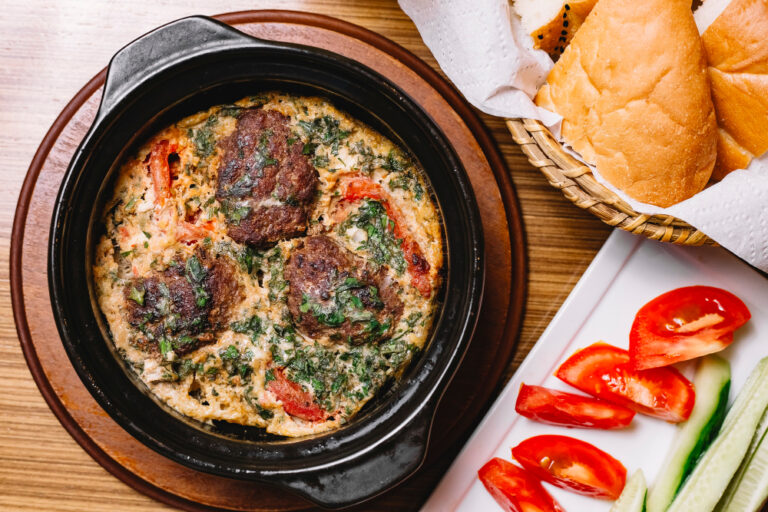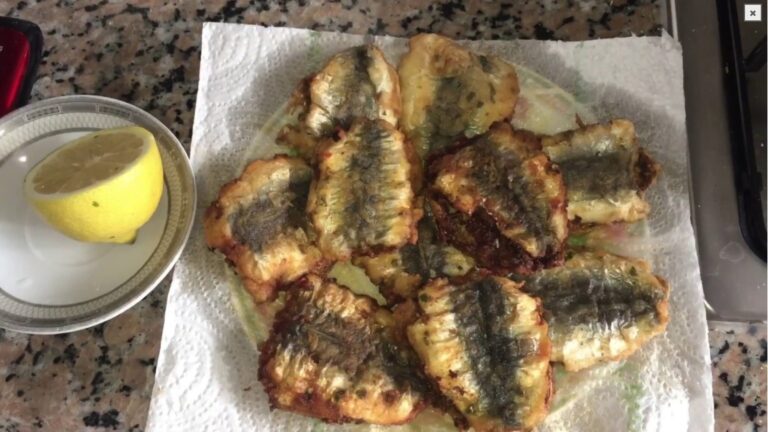
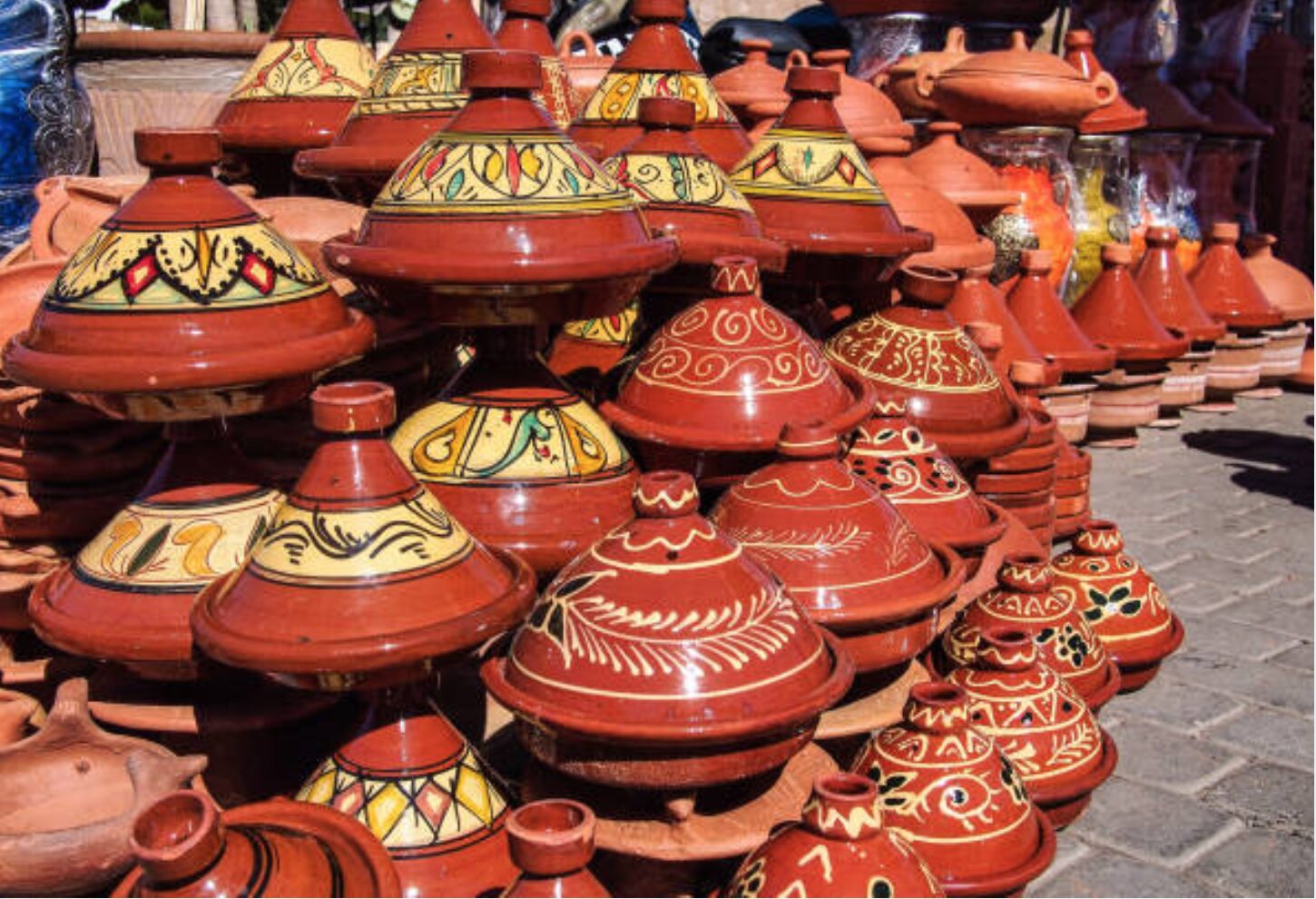
Few dishes capture the spirit of Morocco as perfectly as the tajine. More than just a meal, a tajine represents centuries of culinary tradition, blending spices, culture, and storytelling. The phrase “From Clay to Flavor: Discovering Moroccan Tajines” embodies the journey of this iconic dish—from the handmade clay pot in which it is slow-cooked to the unforgettable flavors that grace Moroccan tables.
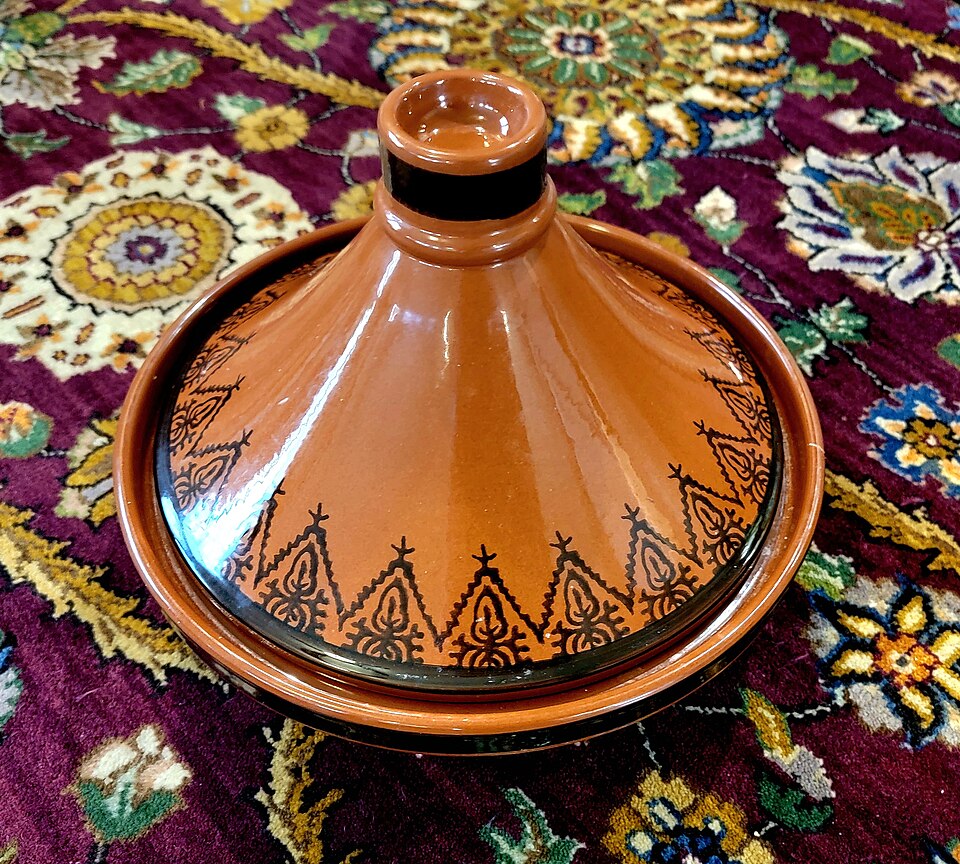
In this article, we’ll take you through the world of tajines: their origins, where to experience them, insider tips for travelers, and stories from locals who cherish them. Whether you’re exploring the souks of Marrakech or dining in a Berber village near the Atlas Mountains, tajines will leave a lasting impression on your Moroccan adventure.
The Art of Moroccan Tajines: An Overview
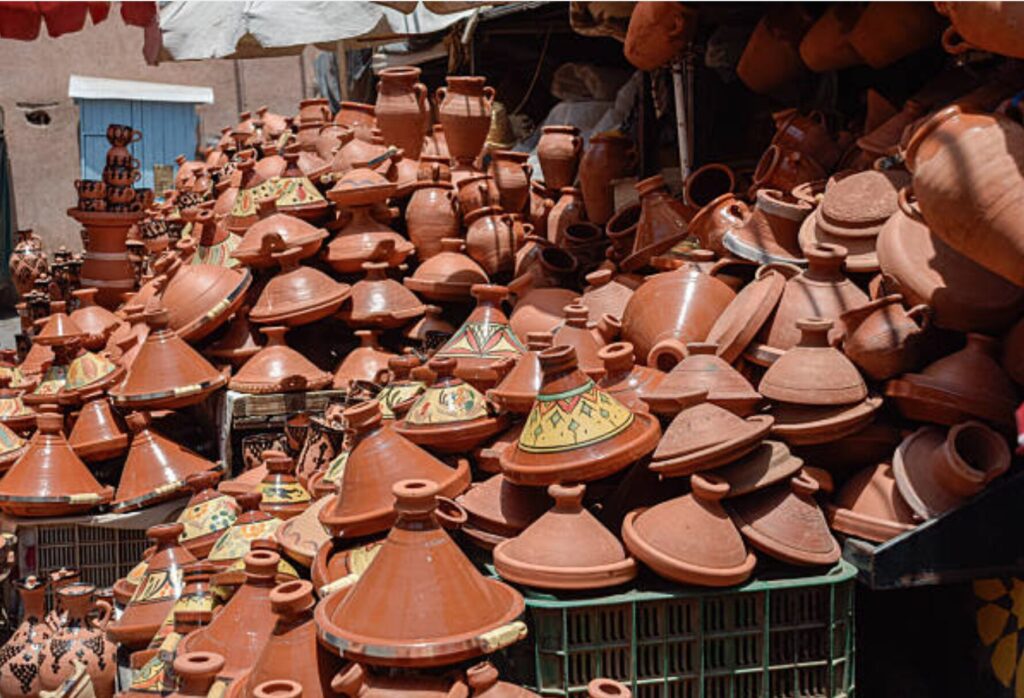
At its core, a tajine is both the name of the clay pot and the dish itself. The pot’s unique conical lid allows steam to circulate slowly, locking in moisture and flavors. This cooking method is ideal for Morocco’s dry climate, turning simple ingredients into tender, aromatic feasts.
Traditional tajines often feature lamb, chicken, or fish combined with vegetables, dried fruits, olives, and spices like saffron, cinnamon, ginger, and cumin. The results are dishes that balance sweet and savory, earthy and fragrant, hearty and delicate.
The roots of tajine cooking trace back to Berber communities, though centuries of trade and cultural exchange introduced new influences. Today, tajines are not only everyday meals but also ceremonial dishes that mark celebrations, weddings, and gatherings.
Must-Experience Tajine Moments in Morocco
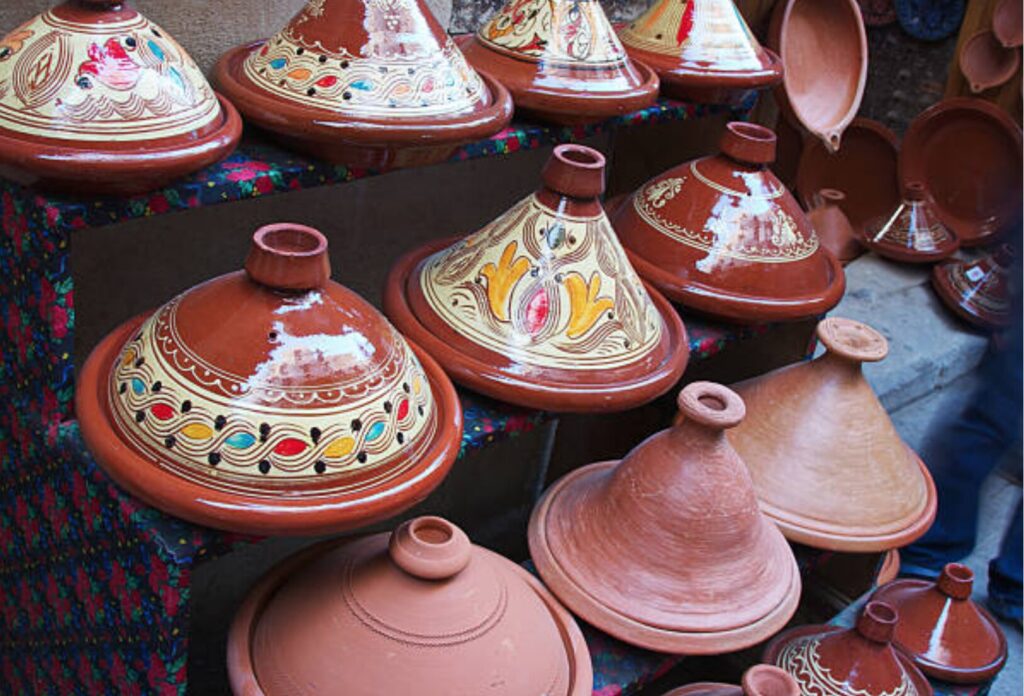
Sampling Tajines in Marrakech’s Djemaa el-Fna
In the heart of Marrakech’s famous square, travelers can watch tajines being cooked over glowing coals. The sight of clay pots lined up in rows, each filled with bubbling goodness, creates an irresistible invitation to taste.
Berber Villages of the Atlas Mountains
Here, tajines are prepared in their most authentic form—slowly cooked over wood-fired stoves. Dining with a local family in these mountain villages offers more than food; it’s an immersion into Moroccan hospitality.
Coastal Tajines in Essaouira
While lamb and chicken dominate inland, the coastal city of Essaouira is known for its fish tajines. Freshly caught seafood paired with chermoula sauce (a mix of garlic, herbs, and spices) creates a distinctly coastal twist on the classic dish.
Modern Takes in Casablanca
Upscale restaurants in Casablanca often reinvent tajines, blending tradition with contemporary flair. Expect unusual combinations such as duck with figs or vegetarian tajines featuring seasonal produce.
Travel Tips and Cultural Insights
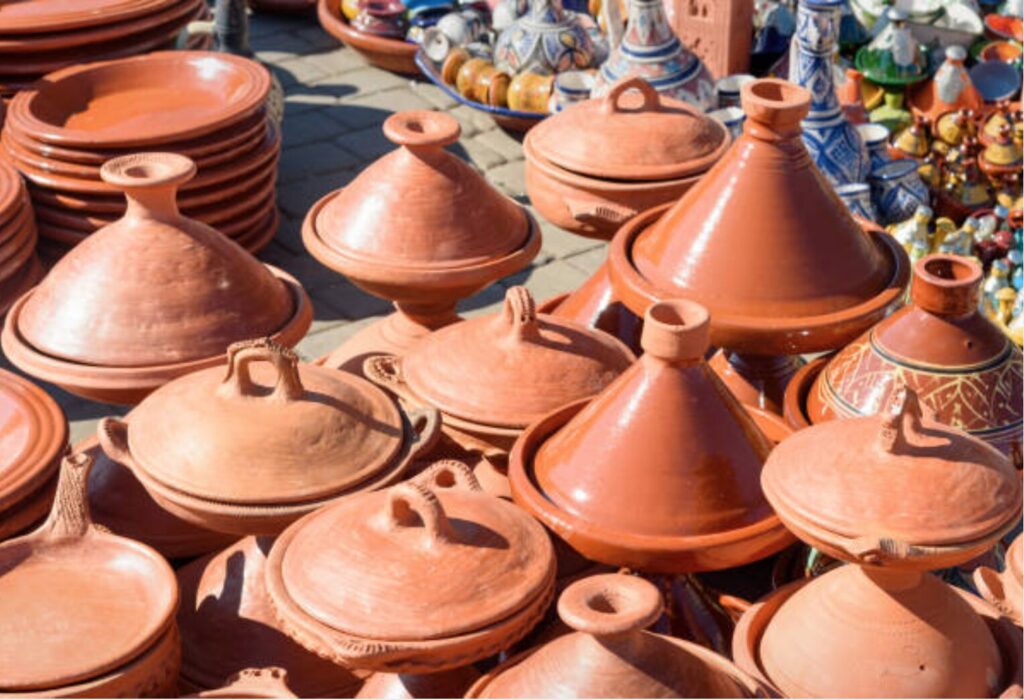
- Eat Like a Local: Tajines are typically eaten communally, with everyone dipping bread into the dish. Using bread instead of cutlery is part of the cultural charm.
- Spice Levels: Moroccan cuisine isn’t about fiery heat but about layering flavors. Don’t expect chili-spicy; instead, enjoy the warmth of cinnamon, cumin, and ginger.
- Vegetarian Options: Many restaurants and families prepare vegetarian tajines with pumpkin, zucchini, chickpeas, and dried fruits. Perfect for plant-based travelers.
- Cooking Classes: For those who want to bring Moroccan flavors home, cooking schools in Marrakech, Fez, and Rabat often include tajine-making in their workshops.
- Street Food vs. Restaurants: Street-side tajines are authentic and affordable, while restaurant versions may offer more refined presentations. Both are worth experiencing.
Real-World Stories from Travelers
Sarah, a traveler from Spain, recalls her first tajine in a tiny mountain café near Imlil. The lamb with prunes tajine was cooked slowly while she hiked, and by the time she returned, the meat was falling off the bone, and the sauce was rich with spices.
Ahmed, a guide from Fez, shares that tajines are more than food for him. “Every tajine tells a story,” he says. “It’s the story of my grandmother in the kitchen, of my family gathered around the table, and of travelers discovering our culture one bite at a time.”
Future Travel Recommendations and Seasonal Insights
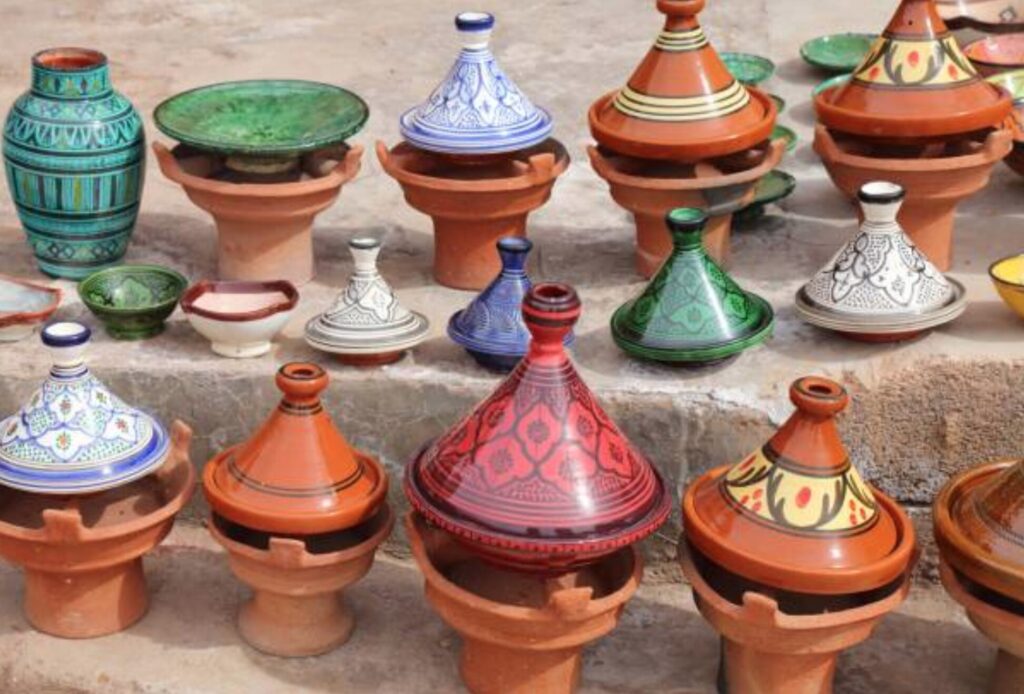
- Winter Warmth: During colder months, lamb tajines with prunes or apricots provide hearty comfort food after exploring snowy mountain landscapes.
- Summer Freshness: Fish tajines with tomatoes and peppers are lighter and perfect for seaside dining.
- Festival Seasons: During religious holidays and family celebrations, tajines often take center stage at Moroccan feasts.
- Food Tours: Culinary tours in Marrakech, Fez, or Agadir provide structured ways to taste different tajines while also learning their history.
For travelers planning future trips, tasting tajines across regions—from the Sahara desert camps to modern urban restaurants—offers a complete culinary map of Morocco.
FAQ About From Clay to Flavor: Discovering Moroccan Tajines
What is a Moroccan tajine?
A tajine is both the clay pot and the dish cooked inside it. It usually combines meat, vegetables, and spices, slow-cooked to perfection.
Are tajines spicy?
Not in the chili sense. Moroccan tajines use warm spices like cinnamon, ginger, and cumin rather than fiery heat.
Can vegetarians enjoy tajines?
Absolutely! Many tajines are plant-based, using chickpeas, lentils, pumpkin, or seasonal vegetables.
Where can I try the best tajine in Morocco?
Street vendors in Marrakech, Berber homes in the Atlas, and seaside restaurants in Essaouira all offer unforgettable tajine experiences.
Can I learn how to make a tajine?
Yes! Cooking classes are available across Morocco, allowing travelers to prepare tajines with guidance from local chefs.
Conclusion
From the handmade clay pots that give the dish its name to the unforgettable symphony of spices and flavors, “From Clay to Flavor: Discovering Moroccan Tajines” captures the essence of Morocco’s most iconic dish. Tajines are not just meals; they are cultural bridges, shared experiences, and memories in the making.
On your next trip to Morocco, make it a priority to savor tajines in all their forms—from lamb with prunes to fish with chermoula. Better yet, learn how to cook one yourself and take a piece of Morocco home.
-Ready to taste the story of Morocco? Plan your journey, share meals with locals, and discover how every tajine brings you closer to the soul of this country.

